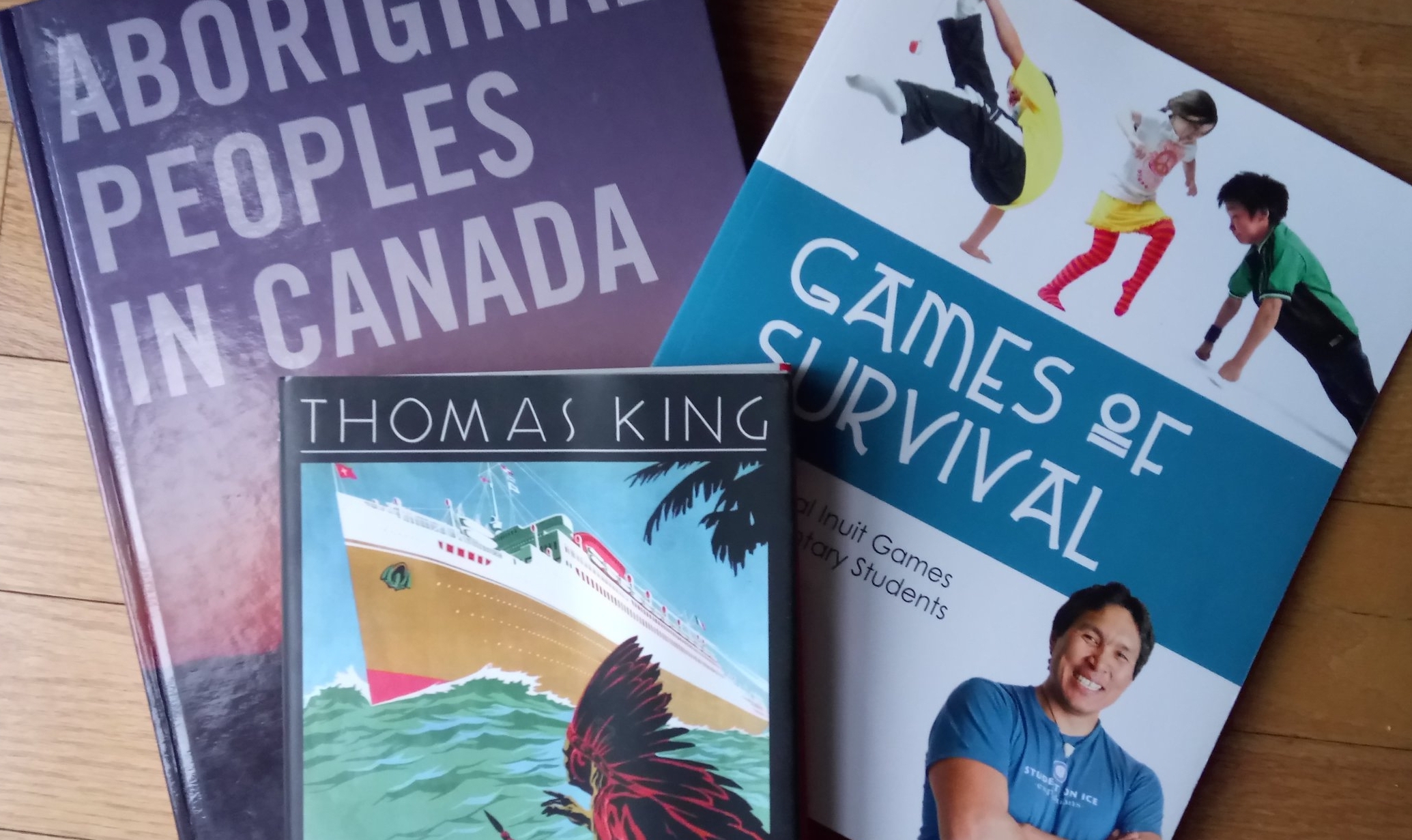This week, I was asked to facilitate two sessions of the Build a Community exercise to eighty 14- and 15-year-olds attending summer camp for Ve'ahavta. And let me tell you, I did not think I stood a chance with these energetic young people away at camp on their summer vacation. However, both times, the students were taken in by the activity, and their responses in our closing circle reminded me of the power of this workshop (see below).
Build a Community is an embodied activity, where a group of people are invited to take on different roles in a pre-contact First Nations community, and then together we watch and feel through the changes as Europeans arrive in Turtle Island and assert that their way of living is superior and that they know best.
I first got involved in Build a Community when my friend and colleague Aliesha Arndt introduced it to us at the Deepening Knowledge Project (DKP). Aliesha had seen the activity facilitated in groups, but was uncomfortable of how it might re-victimize her community, and so she revamped it and trained some of the members of the DKP to facilitate it. Since then we have brought the drama together and separately to a number of different groups, including students as young as grade 5.
Yesterday, with my second group of teenagers, I was concerned that we were off to a rocky start. I had them do the opening activity of writing down one aspect of their lives/community that they value, and even that set off giggles and remarks. But by the time that those embodying the children were being removed from the centre of the circle, the teens began raising their hands and making connections to the fraught dynamics and emotions that might appear when a community found itself without their children. They also began to dismantle stereotypes that they had arrived familiar with, for instance about alcoholism and the term "savage".
As we passed a talking item around to debrief our experience, the room was completely silent as each person shared their reflections. What stood out to me was the number of young people who felt that the physical act of building a community with their bodies and then having the relationship structure interrupted by colonization helped them to understand the history in a completely new way, and helped them better empathize with the feelings and the motivations involved.
What began feeling a bit iffy turned into a powerful day, and I continue to grow more and more convinced that this type of embodied learning is a powerful tool to get to peoples hearts. A huge thanks to Jennifer and Sarit at Ve'ahavta for making me feel so welcome, as always.
